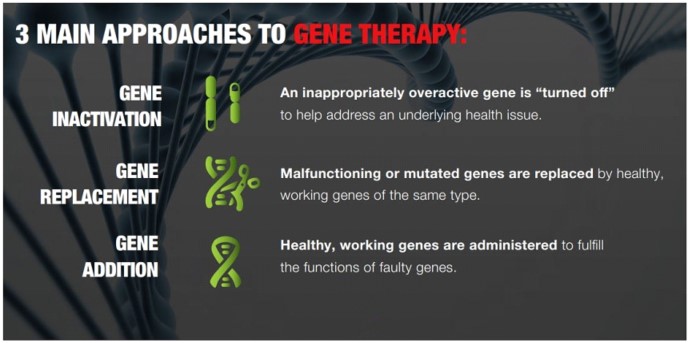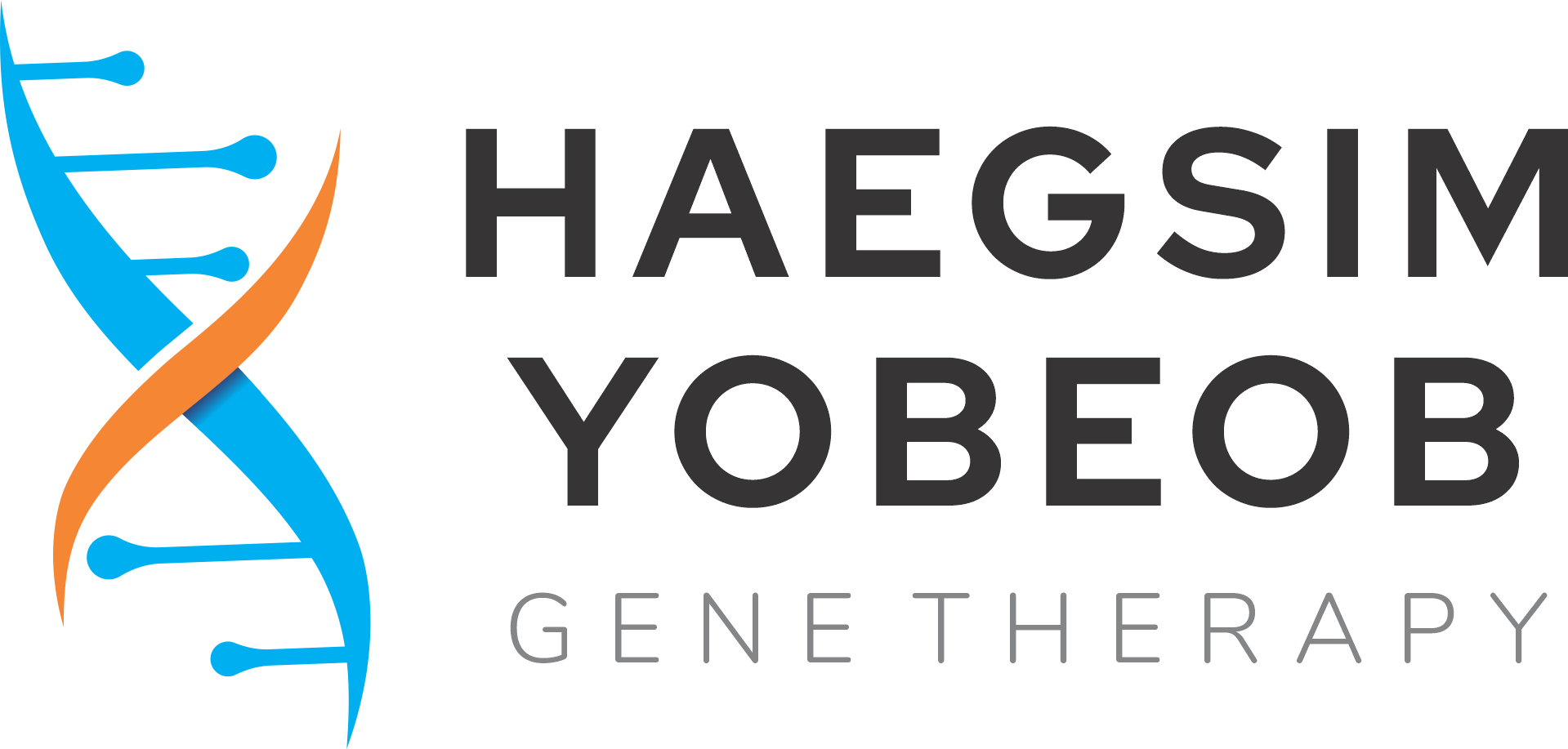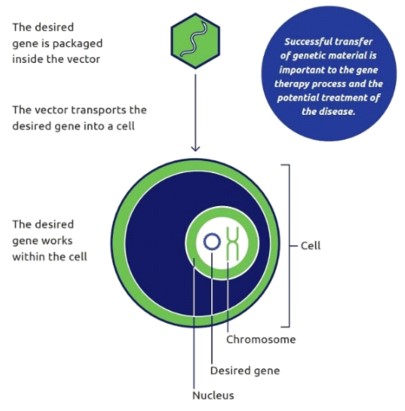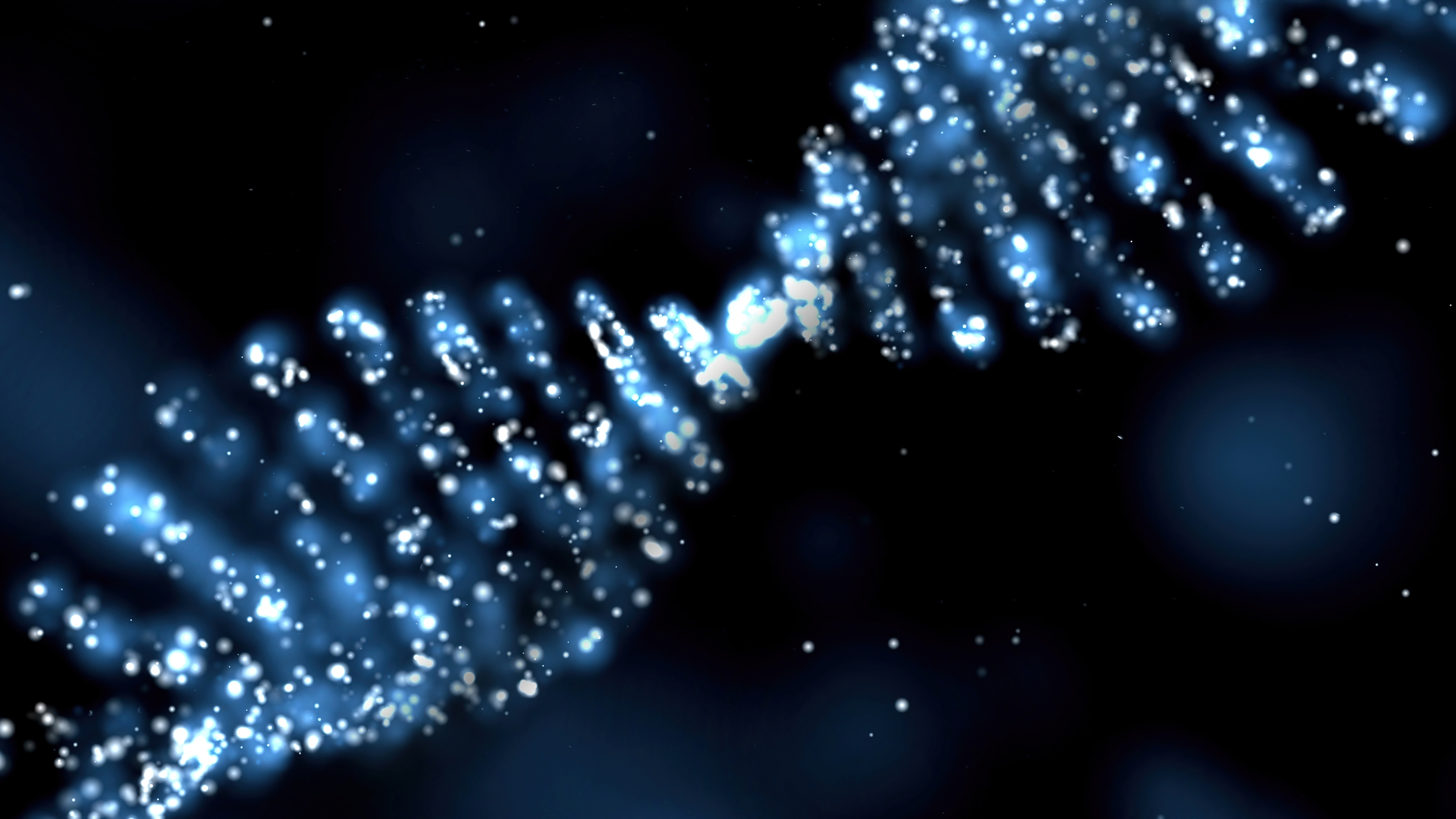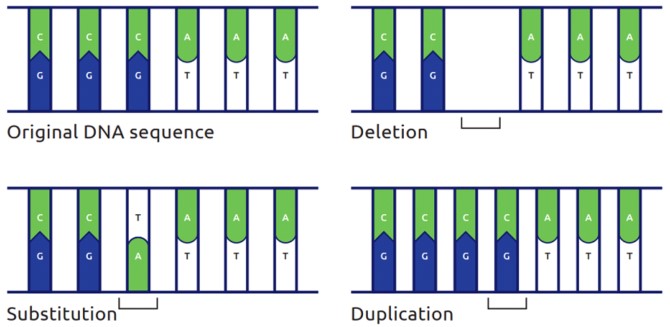
Gene therapy offers the prospect of long-term and potentially curative benefits to patients with genetic or acquired diseases by directing the expression of a therapeutic protein or restoring the expression of a missing protein through a single administration.
Genes are the specific areas of DNA that provide the blueprint used by the body’s cellular machinery to make proteins. A defect or mutation in a specific gene can result in the inability or reduced ability to express a protein, or the reduced functionality of a protein. For example, when the gene associated with the production of a protein required for blood clotting is missing or mutated in hemophilia B patients, these patients’ blood cannot clot enough to stop bleeding, even after a minor trauma or surgery. Introducing a copy of the proper gene into the cell could restore the presence and natural function of the blood-clotting factor, which would prevent bleeding.
Simply put, gene therapy is an investigational approach to treat or prevent genetic disease. Gene therapy research is not new. In fact, scientists have been investigating and evolving it for more than 50 years and it has the potential to find ways to treat many diseases.
The goal of gene therapy research is to determine whether a new gene can be used to replace or inactivate a mutated gene to treat a disease or help the body fight a disease. For a gene to be delivered into a cell, a transporter is typically used. A transporter is known as a vector.
